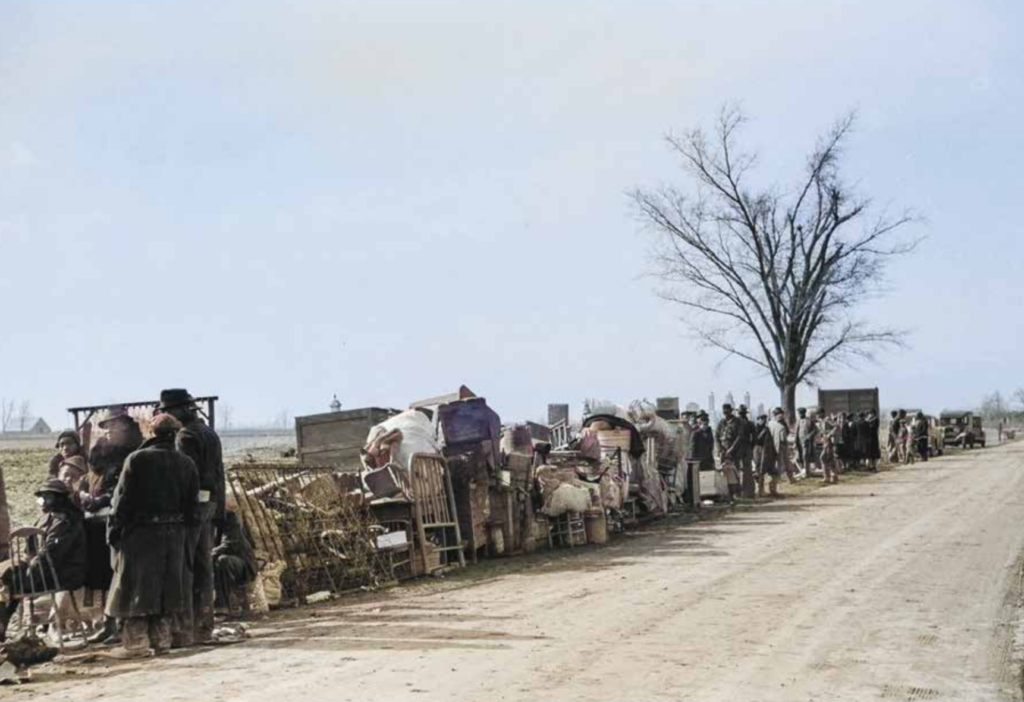Missouri and the Southern Farmers Tenants Union
By Gary Thomas
It was the winter of 1939. America was on the precipice of a world war. Workers were still struggling from the great depression and tenant farmers – primarily black tenant farmers – were being evicted from the farms where they lived and worked. Up and down the Missouri Boot Heel, sharecroppers had their meager possessions lined on the side of the road. Sharecroppers don’t own the land they work on; they give a part of what they grow as rent.
This was a life of abject poverty and hard work. While sharecroppers were entitled to a portion of the crops they grew, the United States government also ruled that the tenant farmers were entitled to Federal Farm subsidies. This angered the landowners, who would rather keep the full subsidies
and keep the workers in poverty. Facing mass evictions, 4,500 members of the Southern Farmers Tenants Union took to the roadside.
In a story all too familiar, landowners didn’t want to share the profits of their tenant’s work. Instead, they reasoned, they could hire day laborers for far less, keep all the crop and the farm subsidies. The Tenants Union saw this as an injustice, after all many of those evicted would be the same day laborers the Landowners would hire. The union demanded a seat at the table and to accomplish this they took to the roadside.
Organizer and preacher Owen Whitfield recognized the need for government intervention and to get that, they need attention. A member of the union remarked to Mr. Whitfield that, if evicted, his family would have to live on the side of the road. That off-handed comment sparked the idea of the roadside strike.
Soon national news was speaking of the Southern Farmers Tenants union and their plight. It worked! Roosevelt ordered assistance to those who “went out on the road” and first lady Elenore Roosevelt mentioned them in her nationally syndicated newspaper column.
“The winter which started out so kindly, has turned out to be a hard winter after all. Those of us who have a warm place to sleep, plenty of clothing and enough food are really not concerned, beyond a mild desire to see the sun now and then. However, I cannot help wondering about the sharecroppers’ families in Missouri. I fear that human suffering is not confined to Europe these days.”
On January 13, police declared the demonstration a threat to public health and forcibly removed the union members to concentration camps, scattering them around the bootheel. Conditions in the camps were just as bad, if not worse. Police would constantly move union members to hide them from federal aid and end the strike.
In January 1941, two years after the roadside demonstration, the Farm Security Agency completed the construction of ten settlements around the
Bootheel, with almost 600 homes, plus community buildings, wells, utilities and most importantly, land, proving that organizing gets the goods.
We may think sharecropping is rare in today’s world. It isn’t. As corporations buy huge swaths of land and equipment becomes more expensive, farmers who once owned their land are forced to sell and become tenant farmers.
While many don’t consider tenant’s unions “real unions” because they lack an stablished hierarchy, this would be a false and dangerous assumption. Workers banding together to fight for their labor and their homes is the very definition of a union.

